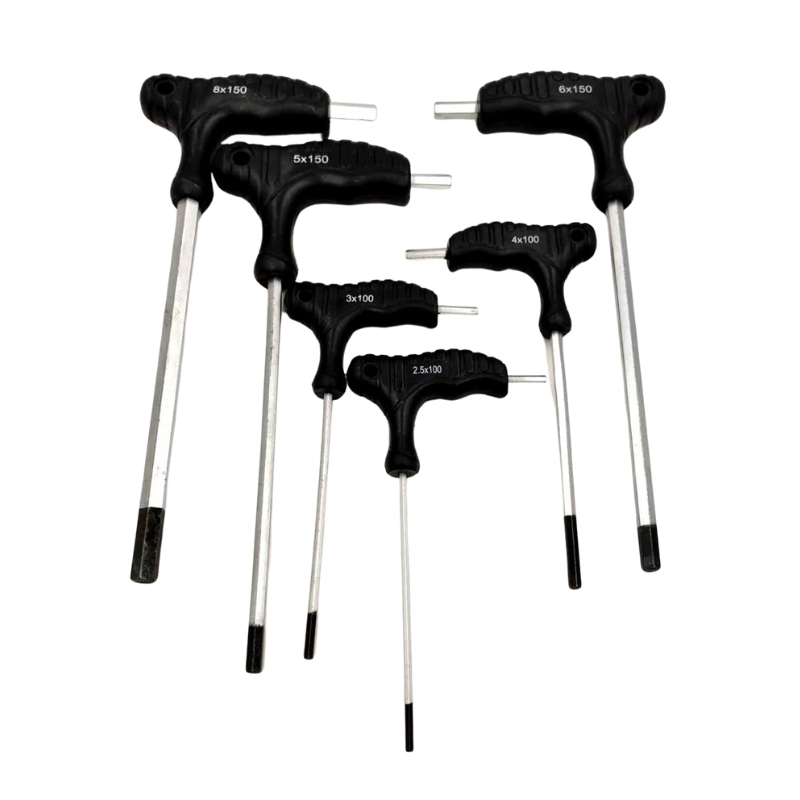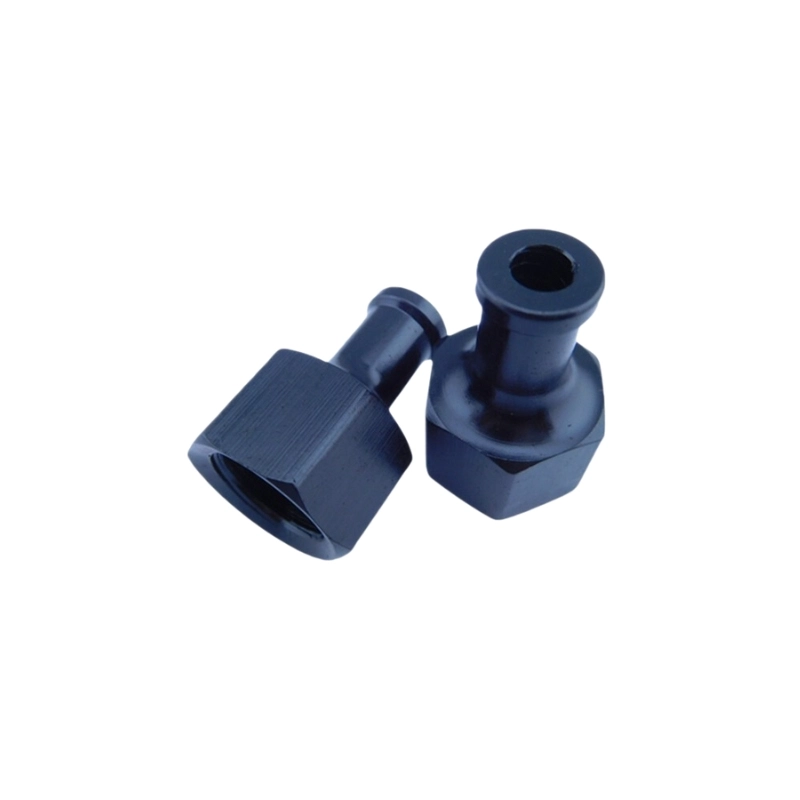Science of Forging Steel Explained: From Red-Hot Metal to High-Strength Components
- By: HDCMFG
Have you ever noticed that some metal parts stay stable and strong for many, many years, while some wear out quickly? The secret is hidden in the manufacturing. If we talk about forging steel, it’s not just heating and hammering the steel; no, it’s a science to transform the raw steel into a long-lasting and powerful one.
So, in this blog, we will unfold what forged steel actually is, the type of steel used for this purpose, the forging process, temperature categories, applications, and more. So, just keep learning!

What Is Forged Steel?
“Forged steel is basically steel that is heated and pressurised into fine steel for boosting its strength and quality.”
In simple words, the metal is heated to high Forged steel is steel that has been shaped and strengthened using heat and pressure. In simple words, a piece of metal is heated until it becomes red-hot (750°C to 1250°C), and then it is pressed with a hammer to give it the desired shape. Actually, hammering makes the internal structure of steel tighter and stronger, which enhances the strength of the forged steel compared to regular steel.
You might have seen in movies that people manufacture by hitting a glowing metal with a hammer, that’s forging ( just an old version). The idea is the same, but nowadays, forging is done with the help of modern machines that use heavy presses or hammers to perform this task; manual effort isn’t required.
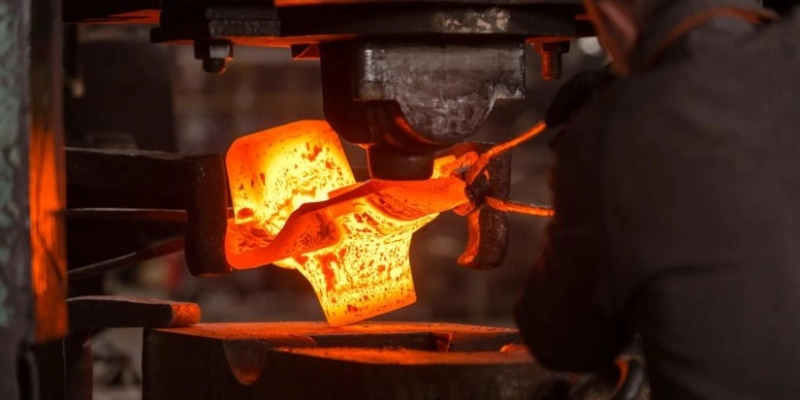
Forging basically changes the arrangement of the steel’s internal grains. It gives metal sturdiness and durability. Well, forged steel can handle heavy loads, high stress, and extreme conditions; therefore, forged steel is used to create car crankshafts, aircraft parts, or large industrial tools.
Types of Steel Used in Forging
Steel is of different kinds, and each type has its own strength, flexibility, and use. As we are talking about forging steel, it is really important to select the right one, yes, because it directly affects the strength and durability of your final product. So, in this section, we will look at the most common ones used in steel forging.
1. Carbon Steel
It is one of the most commonly used steels for forging. This steel is made from iron and carbon. And, the percentage of carbon decides how soft or hard it would be.
- Low-carbon Steel: As the name suggests, this steel has a low quantity of carbon. Therefore, it is soft and easy to shape. So, it is suitable for appliaction that don’t require much strength, like bolts or brackets.
- Medium carbon Steel: This type of steel offers a good balance between strength and flexibility. Medium carbon steel is common in things like gears and axles.
- High-carbon Steel: As it contains a high amount of carbon, it is very hard and strong, but also more brittle. Therefore, it is used for making tools, blades, and springs.
2. Alloy Steel
This steel has a mixed composition, yes, apart from carbon and iron, it contains other elements like chromium, nickel, and molybdenum. Combining these elements makes it stronger, tougher, and more resistant to wear or heat.
3. Stainless Steel
Stainless steel has chromium in high percentages. It makes an oxide layer on the surface of steel. Therefore, it is more resistant to corrosion and rust. This strength and resistance make stainless steel ideal for industries like food processing, medical tools, and chemical plants. Forged Stainless steel looks clean and shiny; moreover, it lasts longer in harsh conditions.
4. Tool Steel
Tool steel is another type of steel which is made to perform under extreme conditions. It remains hard even under high temperatures. It is mostly used to make cutting tools, molds, and dies that need to handle constant impact and pressure.
The Forging Process: Step-by-Step Explanation
Forging process may sound complex, but it becomes pretty easy and simple with the right guide. The main idea revolves around heading and shaping the metal with controlled force. Let’s break down the whole process into easy-to-understand steps.

Step 1: Selecting the Right Material
First, know what you want to create, then select the right material according to your project. For example, if you are planning to make a car crankshaft, then you need strong alloy steel, while a wrench might only need medium-carbon steel. After selection, the selected steel will be cut into pieces called billets or bars.
Step 2: Heating the Steel
Those pieces of steel will be heated under high temperature (900°C to 1250°C) in a furnace. They are heated until they become red or yellow hot. This much heat will soften the metal, but it will not melt.
Step 3: Forging or Shaping the Metal
After heating, metal is placed between two dies or under a heavy hammer or press. This pressure will shape the metal into the desired shape. There are different ways to do this: die forging, Press forging, or upset forging ( will discuss in detail in the coming sections of this blog).
Step 4: Trimming and Flash Removal
During forging, the extra metal (flash) squeezes out of the edges of the die. This extra metal is then cut off in trimming or during grinding of the part.
We can say that forging of steel is just transforming raw metal into a useful, strong one. The process doesn’t end here. After forging, there are some heat treatments and post-forging processes to achieve the perfect strength, hardness, and finish.
Heat Treatment and Post-Forging Operations
Well, to boost the strength, quality, and look of the forged steel, it is further processed. It goes through heat treatment and other operations. Let’s have a look;
Heat Treatment
Okay, after forging, the finished product can have some internal stresses or uneven properties. The solution lies in reheating. Yes, the product is reheated under controlled conditions.. After heating, the part is cooled at specific rates. Well, it gives the desired strength and toughness to the steel part.
Common heat treatment processes include:
- Annealing: Annealing can soften the material, which makes the machining easier. Moreover, it improves the ductility of the metal.
- Normalising: To enhance the uniform strength and refine the grain structure, normalising is preferred.
- Quenching and Tempering: To make the metal further hard, it is cooled rapidly, which is called quenching. And, if you want to reduce the brittleness of the metal, tempering is the right technique.
You can understand it with the example that automotive crankshafts are quenched and tempered, so that they can handle constant stress without cracking.
Machining and Finishing
To achieve precise dimensions and smooth surfaces, the forged piece often goes through machining. Machining is really important, so taht the part fits perfectly into its assembly.
Surface Treatment
To remove scale, improve corrosion resistance, and enhance appearance, processes like shot blasting, polishing, or coating are often used.
Inspection and Quality Control
Finally, every forged piece is inspected carefully. It includes visual checks, size measurements, and advanced tests like ultrasonic testing. It will make sure that there are no cracks or hidden flaws. Well, after passing these tests, the part is ready to use.
Forging Temperature Categories
Temperature plays an important role in the forging process. It has the power to change the strength and behaviour of the final result. Generally speaking, the higher the temperature, the softer the metal becomes. But if it is not controlled properly, it can cause surface scaling or grain growth.
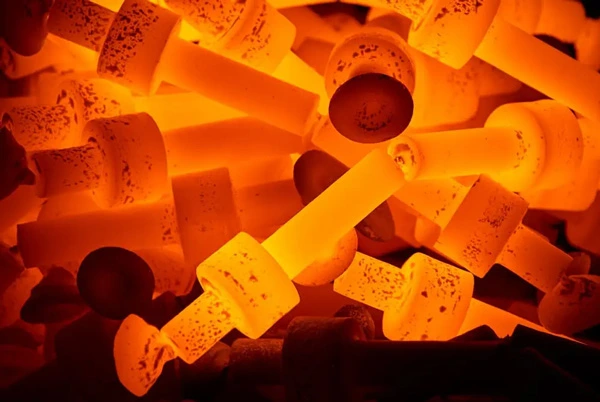
Based on temperature, forging is generally divided into three main categories: hot forging, warm forging, and cold forging.
Category | Temperature Range (Approx.) | Description | Main Advantages | Common Uses / Examples |
Hot Forging | 900°C – 1250°C | Metal is heated above its recrystallisation point. It makes the steel very soft and easy to shape. | Easier to form complex shapes, less stress on tools, and a strong grain structure after cooling | Large automotive parts, crankshafts, flanges, and heavy machinery components |
Warm Forging | 750°C – 950°C | Warm forging is done below full recrystallisation. Still, it is hot enough to shape the metal. | Better dimensional accuracy than hot forging, smoother surface finish, and less oxidation | Gears, fasteners, and medium-sized components need good accuracy and strength |
Cold Forging | Room temperature to 150°C | No heating required. Uses high pressure to shape the metal | Excellent surface finish, very high strength, no oxidation, and precise dimensions | Bolts, nuts, and smaller parts where accuracy and finish matter most |
Types of Forging Steel Methods
Based on how the force is applied and how the metal flows, forging methods can be of different types. Each method has its own pros, cons, and purpose. The choice depends upon the size, complexity, and precision needed for the part. Let’s have a look at some of the most common types:
1. Open-Die Forging
In open-die forging, the steel is placed between dies. These dies don’t enclose it completely. Now, the metal is pressed or hammered, and it takes the desired shape. So, if you are planning to make large components like shafts, rings, and bars, open-die forging is best. It offers excellent strength due to the perfect alignment of the internal grains.
2. Closed-Die Forging (Impression Die Forging)
In this method, the steel is placed in a die of specific shape. After that, pressure is applied. Due to pressure, the metals fill up the whole die cavity. This method is perfect for producing precise, repeatable shapes like connecting rods, gears, and wrenches. Moreover, it offers tight tolerances and minimal waste.
3. Press Forging
In press forging, you don’t need to apply pressure with hammers; this method uses continuous pressure from a hydraulic or mechanical press. This press shapes the metal deeply and evenly. This method is ideal for applications where consistent quality and detailed shapes are required.
4. Upset Forging
To increase the diameter of some portion os the metal, it is pressed by its length, which is called upset forging. Well, it is common for bolts, screws, and other fasteners.
Although each method has its own benefits, one thing that is common in all is the purpose. All the methods aim to create parts that are strong, reliable, and ready for heavy-duty use.
Properties and Advantages of Forged Steel
When a part is gone through forging, it will have unmatchable strength, durability, and reliability. You know, after forging, the internal grain structure of the metal aligns with the shape of the part. Yes, it gives the part superior mechanical properties compared to cast or machined metals.
We can say that forging removes internal voids and weak points. Therefore, results in a product that is ready to withstand heavy loads, shocks, and high temperatures.
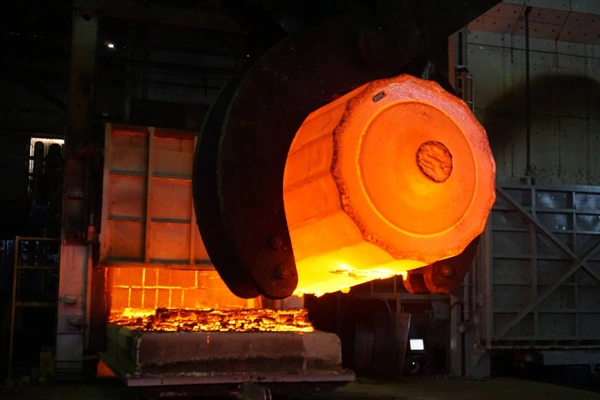
Key Properties of Forged Steel:
- High Strength and Toughness: It improves the metal’s ability to handle impact and stress without wearing out.
- Better Fatigue Resistance: Forged parts can withstand repeated use. It makes them ideal for parts like crankshafts and connecting rods.
- Uniform Grain Flow: Structural integrity and longevity increase due to grain alignment.
- Good Ductility and Hardness: Forged metal can bend slightly under stress without cracking.
Main Advantages:
- Longer Service Life: Forged parts are durable, and they can stay stable even under harsh working conditions.
- Improved Safety: There is minimal risk of failure because forged metal has high strength.
- Cost-Effectiveness Over Time: Though initial forging costs may be higher, it is economical in the long run due to reduced replacements and repairs.
Applications of Forged Steel
Forged steel is used almost everywhere. You will see metal forging wherever strength, reliability, and performance are important. Due to sturdiness and impact resistance, forging has become the first choice of many industries. Have a look;
- Automotive Industry: Forging is widely used in the automotive industry to make crankshafts, gears, connecting rods, axles, and steering components. You know, these parts face continuous stress and high temperatures, so they need toughness. And, this toughness can only be expected from forging.
- Aerospace Industry: To make components such as landing gear, engine shafts, and turbine discs, the aerospace industry depends on forging. The high strength-to-weight ratio of forged steel makes sure that the parts ensures that teh parts will stay safe and stable even under extreme pressure and temperature changes.
- Oil and Gas Sector: In the oil and gas sector, Forged valves, flanges, and fittings are used. These parts can hold high pressure and prevent leaks.
- Construction and Heavy Machinery: To make steel parts like hooks, chains, and lifting equipment, forging is used. These parts can support heavy loads without bending or breaking.
- Marine and Defence: To enhance the structural strength and long life, ships and military vehicles use forged components.
Conclusion
In a nutshell, in modern manufacturing, forging steel is considered one of the strongest and most reliable materials. It is a magical combination of toughness, strength and durability. These properties make forging ideal for critical parts used in cars, aeroplanes, and industrial machines.
If you are looking for a reliable forging service, HDC is the trustworthy option ever. We offer advanced custom metal forging services, combining precision engineering, quality control and flexible production. Our precision-forged metal components are perfect for automotive, aerospace and industrial sectors. Our products are ISO certified, and we offer shipping globally. Keep trust and try HDC for your next forging project.
Discover more with our blog posts.
Recent Posts
Discover more about our products
HDC Products
Instant Quote!
Get A Quote Now!





